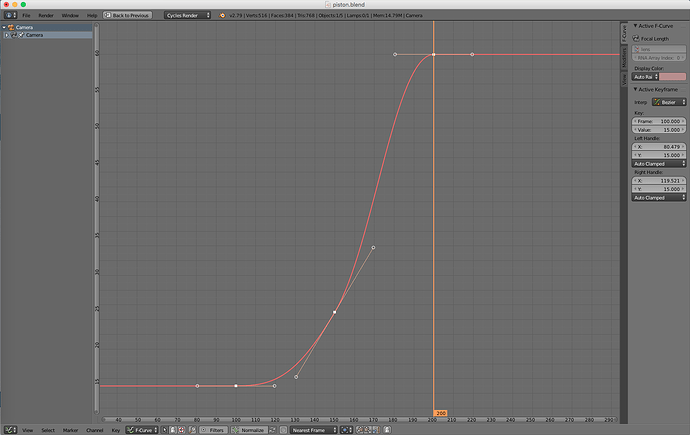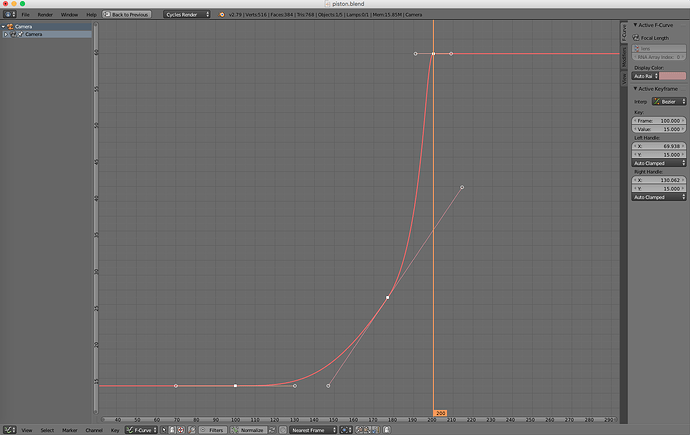Hey helpful blenderartists. I’ve got another silly question for which I just cannot seem to get the right google search terms, but I’m sure somebody here knows.
When a real movie camera zooms in or out, based on comparing to animating the blender camera, it looks as if the rate of change of the focal length over time is not linear. It’s especially noticeable in long or quick zooms. There is a distinctive “the camera is actually zooming” feel that I can’t replicate properly just by animating blender camera focal length keyframes.
I remember that copying this, along with camera shake was part of how Battlestar Galactica (the reboot) managed to get their space combat footage to look like it was from a camera and not just a point floating in space.
I assume that whatever this distinctive feeling curve is must be an artifact of the actual old school hand-operated zoom control on early motion picture cameras, that is now just what we expect to see. But I can’t find what is actually IS.
In other words, in a typical hollywood movie when the camera operator zooms from a wide shot to a close-in shot: FocalLength = f(t), but what is the general form of f()? Exponential? Sinusoidal? Something else?
I hope I’ve articulated this clearly. Thanks!

